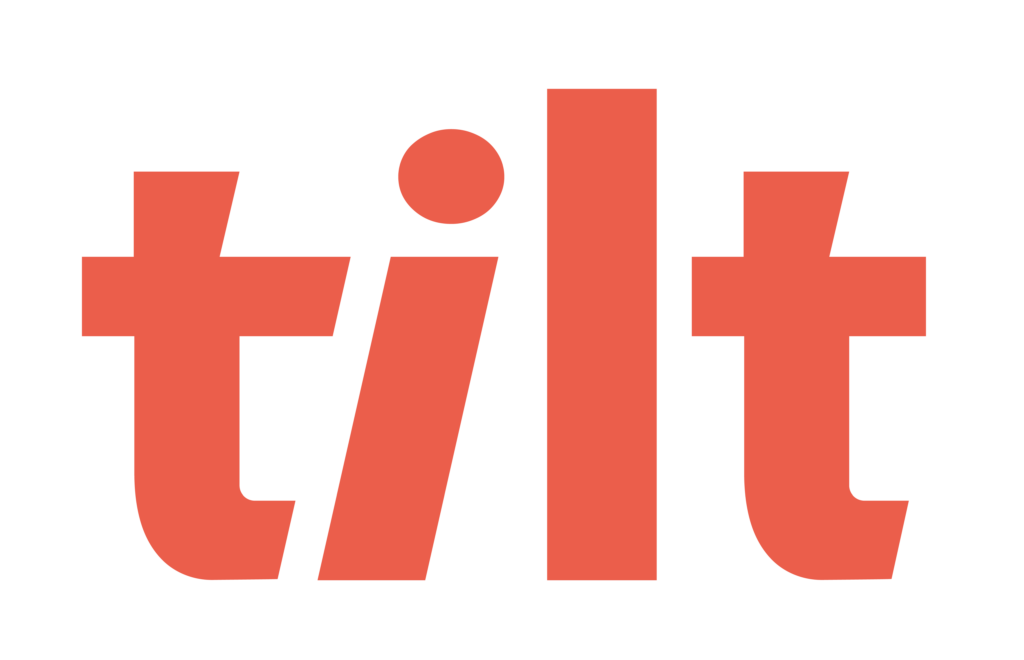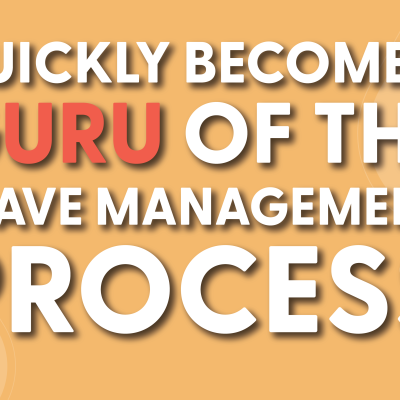They say if you want to be an expert in something it takes 10,000 hours of practice. Fortunately, when it comes to the leave management process 1,545 words should do the trick. The truth of the matter is properly managing a leave of absence can be a complex process that isn’t always intuitive or straightforward.
This is why manually managing a leave of absence, or using tools that don’t quite get the job done, can be a major bandwidth strain on your day-to-day, and lead to confusion for employees, a loss in organizational productivity due to workforce planning limitations, and an increase in turnover due to employee dissatisfaction.
The right dedicated leave-of-absence management solution can do all of this for you, of course, but if you’re looking to optimize the process you have today, use the guide below and you’ll be well on your way to consistently setting yourself and your people up for a successful leave journey.
So what do you need to do when an employee requests a leave? Let’s dig in.
Be Your Leave Policies Expert And Adhere to The Laws
Preparation is key. As a People Ops pro, you should regularly familiarize yourself with, and be an expert on, your company’s leave policies. This is important for a variety of reasons. For one, it enables you to provide a fair and consistent application of said policies across your workforce. It also empowers you to provide accurate guidance to your employee population which fosters a positive work environment and can minimize potential conflicts.
Knowledge of your policies enables you to mitigate some of the legal risks associated with leaves of absence, but keep in mind your leave management process must also factor in federal laws such as FMLA, ADA, and USERRA. Additionally, many states have their own family and medical leave laws that may provide additional benefits or requirements you must adhere to. It’s vital that you stay informed about and comply with both federal and state regulations, the details of which are always in flux.
As a helpful guide, you can bookmark this page for quarterly updates to state and federal regulations.
The Employee Eligibility Process 101
Once you identify the applicable organizational policies and leave laws, the next step is to review whether the employee is eligible for leave under them. Eligibility may be based on factors such as employee location, length of service, full-time or part-time status, and hours worked.
Here are a few things you’ll need to have at the ready:
- Verify where and how long your employee has worked at your organization.
- FMLA and certain state leave laws apply only if an employee has met minimum tenure and hours worked requirements.
- Have more questions about FMLA? Check out our FMLA deep-dive here.
- Check to see if your employee is enrolled in disability insurance benefits
- If yes and it pertains to the leave, provide the employee info on how they apply for disability insurance.
- Share details with your employee on state benefits they may be eligible to apply for (state disability insurance, paid family leave programs).
- If needed, give your employee a medical certification form to complete.
Communication is Key to Successful Leave Management
Trust is a word that gets thrown around a lot when it comes to the employee and employer relationship, yet when managing leaves of absence it gets used with good reason. Open and timely communication between HR and employees allows for a comprehensive exchange of information regarding the leave request and sets the supportive tone an employee expects when embarking on their leave journey.
Clear communication helps employees understand leave eligibility criteria, their rights and responsibilities, and the leave process in general, reducing confusion and anxiety. All of which helps establish a foundation of mutual trust between you and your employee requesting leave.
To facilitate a smoother process, when an employee requests a leave you’ll need to gather relevant details as it pertains to their specific request, address concerns, and provide guidance where necessary.
Familiarize yourself with the federal, state or local leave laws that apply to your employees requesting leave, and communicate with them the appropriate steps and applicable deadlines.
Eligibility notice: When an employee requests leave for an FMLA-qualifying reason, you must notify the employee of the employee‘s eligibility to take FMLA leave within five business days, absent extenuating circumstances.
The eligibility notice must state whether the employee is eligible for FMLA leave, and if the employee is not eligible for FMLA leave, the notice must state at least one reason why the employee is not eligible. Some state leave laws have similar requirements.
Rights and responsibilities notice: When leave is requested for an FMLA-qualifying reason, you also must provide the employee requesting leave with a written notice detailing the specific expectations and obligations of the employee and explaining any consequences of a failure to meet these obligations. Refer to Section 825.300(c) of the FMLA regulations for specific employer notice requirements. Also, state leave laws may require you to send notices with information about their legal protections.
Designation notice: For FMLA leaves, you are also responsible for communicating whether leave will be designated as FMLA. When you have enough information to determine whether the time off qualifies as FMLA (e.g., after receiving a medical certification), you must notify the employee whether the leave will be designated (or “counted as”) FMLA leave within five business days absent extenuating circumstances.
If you have sufficient information to designate the leave as FMLA leave immediately after receiving notice of the employee‘s need for leave, you may provide the employee with the designation notice at that time.
Addressing compliance concerns: Clear, quick, and consistent communication when an employee requests a leave helps build trust with your employee population by assuring that they’ll be properly and compliantly supported throughout the leave journey.
While that’s all fine and dandy, there are real-world ramifications to not doing this properly. Failure to follow notice requirements may constitute an interference with, restraint, or denial of the exercise of an employee‘s FMLA rights. An employer may be liable for compensation and benefits lost because of the violation, for other actual monetary losses sustained as a direct result of the violation, and for appropriate equitable or other relief, including employment, reinstatement, promotion, or any other relief tailored to the harm suffered
Communicating LOA decisions: When it comes to communicating the leave decision, present the decision in a clear and concise manner and use simple language to ensure the employee easily understands the outcome. Be empathetic and if leave was denied, explain why. This can help the employee understand the reasoning behind the denial of their LOA.
If the LOA is approved, communicate the details of the approval, including the dates covered, whether the leave is intermittent or continuous, and the approved frequency or duration of any absences. If the LOA is denied, clearly communicate the reasons for the denial and provide guidance on potential alternatives or next steps.
Collecting the Proper Paperwork
The importance of collecting the proper leave paperwork can’t be understated and will help you properly document each step of the leave journey from the jump. Communicate clearly (seems to be a theme…) with the employee about the specific documentation required for their particular situation and maintain confidentiality throughout.
Here’s what you’ll need to consider on the paperwork front:
Leave request form: Some organizations ask employees requesting leave to complete and submit a formal document where the employee provides details about the type of leave, the dates requested, and any additional relevant information.
Medical certification: For medical leaves, a medical certification from a healthcare provider may be required. This document typically includes contact information for the certifying health care provider, applicable dates of leave, appropriate medical facts about the condition, and information showing that the employee can’t perform at least one essential job function.
Proof of qualifying event: In the case of leaves related to events like the birth or adoption of a child, documentation such as a birth certificate or adoption papers may be required.
Military Orders (if applicable): If the leave is due to military service, the employee may be asked to provide a copy of their military orders, but employers can’t require orders as a condition of taking leave under USERRA.
Collecting (and securely storing) medical certifications or the relevant paperwork ensures that you can verify leaves are being administered fairly and consistently, and compliant with your company policies and legal requirements. Documentation acts as a verifiable source of information, helping you to assess the legitimacy of leave requests, prevent potential misuse, and establish a clear record of communication with employees.
Are You Ready To Crush the Leave Management Process?
Leave management…it’s…a lot. Especially if you’re trying to navigate its complexity on your own with only spreadsheets and Google searches at your disposal. On top of that, you’re being asked to approach each leave with sensitivity and empathy, considering the individual circumstances of each employee.
Nailing the steps above will require sound processes that are not only easy to follow, but also easy to consistently replicate at scale. Do so and you’re well on your way to being a leave management guru, promoting a positive experience for your employees taking leave, and keeping your organization compliant in the process.
About Tilt
Tilt is leading the charge in all things leave of absence management through easy-to-use tech and human touch. Since 2017, our proprietary platform and Empathy Warriors have been helping customers make leave not suck by eliminating administrative burdens, keeping companies compliant, and providing a truly positive and supportive leave of absence experience for their people.







